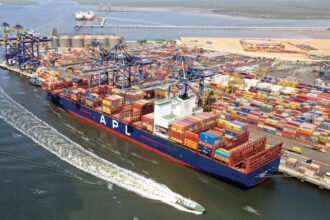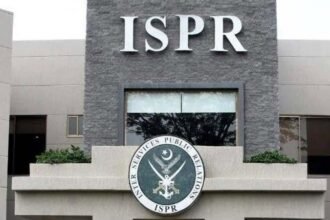Rana Tahir Shahbaz
Lahore, Pakistan’s cultural hub and second-largest city, is grappling with a persistent environmental menace: smog. The thick, toxic haze enveloping the city has severe consequences for residents’ health, economy, and quality of life. This article delves into the primary causes of Lahore’s smog crisis, exploring the role of substandard fuel, industrial pollution, agricultural burning, and vehicle emissions.
The Perfect Storm: Causes of Lahore’s Smog
- Substandard Fuel: A significant contributor to Lahore’s smog crisis is the use of low-quality fuel. According to recent reports, Pakistan still relies on Euro 2 category fuel, which is of significantly lower quality compared to the Euro 6 standard adopted by high-income countries. This subpar fuel releases harmful pollutants, including particulate matter, nitrogen oxides, and volatile organic compounds. In fact, vehicular emissions account for 43% of Lahore’s smog, with industrial emissions contributing 25%, agricultural emissions 20%, and burning of fossil fuels 12% . The government has attempted to transition to more environmentally friendly fuel, but implementation remains a challenge.
- Vehicle Emissions: Vehicle emissions, particularly from older vehicles and those using substandard fuel, exacerbate the smog crisis.
- Industrial Pollution: Another 40% of smog is generated by industrial activities, such as emissions from factories, power plants, and construction sites. These pollutants include sulfur dioxide, carbon monoxide, and particulate matter.
- Agricultural Burning: Burning crops in Punjab’s agricultural belt contributes 20% to Lahore’s smog. This practice releases harmful pollutants, including particulate matter, carbon monoxide, and polycyclic aromatic hydrocarbons.
- Geographical and Climatic Factors: Lahore’s unique geography, with surrounding mountains and rivers, traps pollutants in the air. The city’s temperature inversion layer, forming during winter months, prevents pollutants from dissipating.
Consequences of Smog
The consequences of smog in Lahore are far-reaching and devastating. Smog exposure poses significant health risks, leading to respiratory issues, cardiovascular diseases, and increased cancer risk. Moreover, smog-related health issues result in substantial economic losses, estimated at billions of rupees annually, placing a tremendous burden on the economy. Environmentally, smog harms crops, reduces visibility, and damages infrastructure. Furthermore, it profoundly impacts quality of life, limiting outdoor activities and affecting mental health, making everyday life challenging for residents.
Solutions and recommendations:
1. Transition to Cleaner Fuels: Implement Euro-5 standards for fuel quality.
2. Industrial Regulation: Enforce stricter emission standards for industries.
3. Sustainable Agriculture: Promote alternative crop disposal methods.
4. Vehicle Emission Control: Implement emission testing and phase out older vehicles.
5. Public Awareness: Educate citizens on smog-related risks and prevention measures.
In order to combat Lahore’s smog crisis, consider the following additional strategies:
Increase green spaces and urban forestry to naturally absorb pollutants and improve air quality. Encourage public transportation and non-motorized transport, such as cycling or walking, to reduce vehicle emissions. Implement effective waste management and recycling programs to minimize waste burning and subsequent pollution. Establish a Smog Monitoring System to track pollution levels, identify sources, and inform policy decisions. Collaborate with international organizations for expertise and funding to tackle the crisis effectively.










